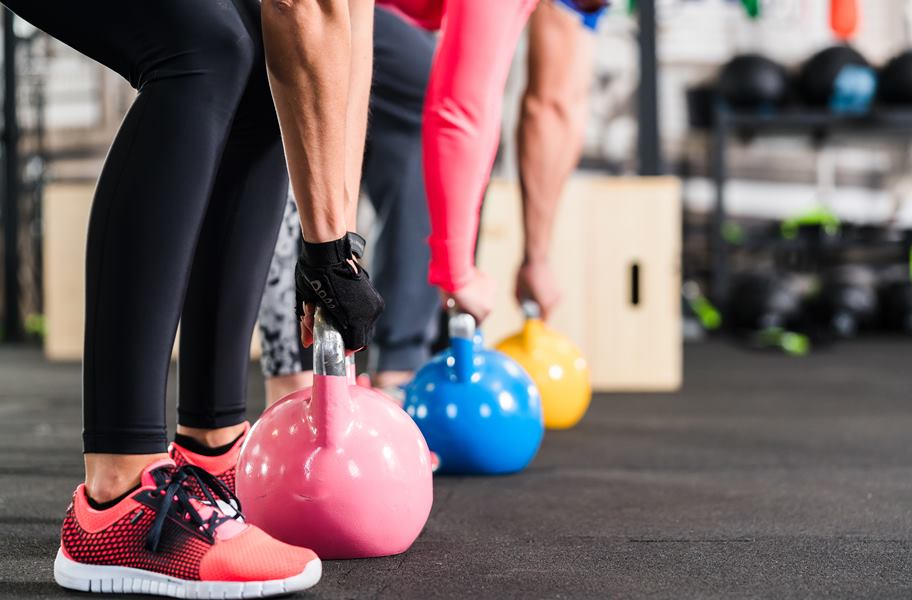
Is Rubber Flooring Toxic? Answers on Rubber Flooring Safety
Though a lot of materials go into the making of rubber flooring, quality rubber flooring remains safe for you and your family. But don’t take my word for it! It’s important to look at the research so you feel like you’re making the right decision for your home or community center.
In this post I’ll answer five big questions when it comes to the safety of rubber flooring:
What is rubber made of? Is rubber mulch safe? Is rubber flooring toxic? How eco-friendly is rubber flooring ? What is rubber flooring off-gassing, and is it safe?
By the end of this post, we hope you feel confident in your decision to consider purchasing rubber products.
| Related Content >> Rubber Flooring FAQ: Your Questions Answered |
What the Experts Say About Rubber Flooring Safety
When it comes to the safety of your rubber flooring, we want to make sure you get all the insight you need to make informed decisions. Read what industry experts have to say about the safety of rubber flooring.
“Ecore rigorously tests all inbound raw materials and outbound finished products for both heavy metals as well as PAH’s (polyaromatic hydrocarbons) among other things. Ecore has adopted the European and ASTM toy standards for heavy metal content and makes certain that all Ecore products adhere to the same safety standards applied to children’s toys.
Ultimately, consumers should do some simple checking before purchasing rubber products. Verify where the product was manufactured or ask for a certificate of origin. USA manufactured rubber products are inherently safe.
Look closely at the material specifications and MSDS ( Material Safety Data Sheets). Look at the supplier’s warranty. Does the supplier guarantee the products safety with a money back, no questions asked policy?” – Art Dodge, Ecore
With these helpful perspectives in mind, let’s take a look at the biggest questions around rubber flooring, and address any concerns you have.
What is Rubber Made Of?
The creation of rubber dates way back into the 1600s; however, the rubber you purchase today is much different. Though rubber originated from a natural source, the rubber tree, today’s rubber tends to be synthetic and created entirely from man-made ingredients.
Synthetic rubber is a more durable product, and 20th century demands led to its creation. Today, synthetic rubber is created primarily from recycled materials, such as car and truck tires.
| Related Content >> Rubber Flooring Pros and Cons |
Natural Rubber
Natural rubber is created by using the sap of rubber trees, known as Hevea Brasiliensis. This sap is also known as latex.
As you may be aware, latex allergies are fairly common, so a natural rubber product is actually not safe for everyone. If you’re using a rubber product in a location that might expose others to the material, it’s best to stick to synthetic rubber.
Synthetic Rubber
Synthetic rubber is a little more difficult to describe because it’s created in a technical fashion. In fact, I would highly recommend checking out this infographic that does a great job breaking down the process of creating synthetic rubber.
Synthetic rubbert is latex-free, so it’s safe for all people to use. It’s also much more durable and reliable than natural rubber products. Keep in mind, though it sounds like synthetic rubber is stuffed full of chemicals, it’s the same chemical makeup as natural rubber- just created synthetically.
Recycled Rubber
Recycled rubber is the most eco-friendly of all the rubber products and usually contains synthetic rubber- though sometimes natural rubber may be in the mixture. Fun fact: tires are the most commonly recycled rubber material!
Tires are sent through a shredder multiple times to create a rubber crumb, then make a series of passes through magnets, screens and other methods to eliminate any particles mixed into the mixture. Even this debris is recycled into other products!
When the rubber is as pure as possible, the rubber crumb is mixed with binders and/or colors and then pressurized to form the desired rubber shape. Here’s a short video demonstrating that process.
Is Rubber Mulch and Rubber Infill Safe?
You may have seen in the news that rubber infill in fields are constantly being tested, or that playground mulch could be a danger. Let’s put some of these fears to rest by looking at what the research says about rubber infill and rubber mulch.
The Fear
Part of the fear of toxic rubber came from a few big news stories. The first outlined concerns with rubber mulch and rubber infill in playgrounds and soccer fields. The second news story covered issues with rubber flooring in school gymnasiums in New Jersey.
We’ll explain the New Jersey story in a moment. Let’s first talk about rubber mulch and infill safety.
As rubber mulch began popping up in community playgrounds over the country, naturally parents wanted to make sure it was actually safe. Just the same as the players and coaches who use synthetic turf with rubber infill. After all, doesn’t rubber contain dangerous chemicals like arsenic, nickel, and benzene? It does, though it’s not dangerous!
There also have been dozens of studies relating to whether or not synthetic turf with rubber infill can cause cancer. After decades of research, no links have been found.
The Conclusion
The Recycled Rubber Safety Council puts the dangerous chemicals found in rubber in context:
“Rubber in turf has less arsenic than rice; less cadmium than in lobster; less nickel than in chocolate; and less benzene than in a can of soda.”
Doesn’t sound so scary, right? The truth is that chemicals are only dangerous in large amounts and the mere existence of a chemical, doesn’t mean it’s inherently toxic. You can certainly be poisoned by potassium, but don’t let that stop you from eating bananas!
As for the fear of cancer-causing agents, research has found no links between cancer and rubber mulch or rubber infill. The EPA, Tire Industry Association, Recycled Rubber Safety Council and Synthetic Turf Council have all released statements showing no link between health hazards and rubber crumb or rubber infill.
There’s always more research to be done, but for now the conclusion is that rubber mulch and rubber infill is completely safe to use.
Is Rubber Flooring Toxic?
This question gets asked quite a bit, part of the reason being that rubber tends to emit a lot of unpleasant smells when it’s fresh off the pallet. We’ll get to the smell part later, but first let’s look at whether or not rubber itself is toxic.
The Fear
People in New Jersey were worried about the toxicity of gym floors in schools. You can read about it in detail here, but in summary the rubber gym flooring was emitting mercury vapors.
Keep in mind, though, this rubber flooring wasn’t modern gym flooring- it was synthetic rubber created in the 1960s-1980s. After the 1980s, mercury-containing rubber was discontinued, yet many of these rubber floors stayed in gyms for years to come.
If you currently have rubber flooring in your gym from that time period, it’s a good idea to have it tested by an expert. If the tests come back positive, you may need to partner with a specialized cleanup crew to dispose of the material.
Modern synthetic rubber floors do not emit mercury vapors and are safe to use.
| Related Content >> Rubber Flooring: 5 Myths Busted |
Conclusion
Rubber flooring is considered to be safe. In fact, there have been 110 scientific studies of recycled rubber and none so far have found an associated health risk.
Is Rubber Flooring Eco-Friendly?
Yes! Recycled rubber flooring and natural rubber flooring are very eco-friendly. Even some synthetic rubber contains recycled rubber, though it also requires petroleum processing.
Recycled Rubber
The U.S. generates approximately 290 million scrap tires per year, and then millions are burned or buried, releasing toxins into the air. Recycling these tires prevents that from happening, and gives rubber new life as a new product. Recycling rubber positively impacts the environment by preventing the burning of millions of tires.
| Related Content >> Eco-Friendly Flooring Ideas |
Environmental Impact of Rubber
Ecore, one of the largest manufacturers of recycled rubber products, diverted over 100 million pounds of truck tires from landfills in 2018, and their products contain 62% post-consumer recycled content. Even dust, rocks, and aluminum debris are recycled at Ecore as they’re filtered out!
All this is to say that recycled rubber has a measurable impact on the environment. Recycling rubber requires less energy than creating synthetic rubber, and recycled rubber allows for the reclaiming of millions of tires from landfills. So as you’re doing a few burpees, you can feel good about your choice!
Is Rubber Flooring Off-Gassing Safe?
You’ve probably heard a lot about how rubber flooring can smell when it’s first installed. Though some types of rubber flooring smells more than others – they basically all smell. This smell is called “off-gassing.”
Is it Safe?
If you’re installing rubber in an enclosed space with poor ventilation, then off-gassing can create an uncomfortable environment, especially for people with breathing sensitivities, such as asthma. If you don’t want to deal with off-gassing, then you can purchase our virgin rubber tiles, which don’t really off-gas.
The smell of rubber flooring doesn’t actually come from the rubber itself. American manufacturers all source the same quality of rubber. Instead, the off-gassing smell depends on the materials manufacturers use to bind the product together.
Some manufacturers use sulfur in their binding agents, which of course produces an unpleasant smell. Higher quality binding agents will have a mitigant that reduces the smell.
Is this off-gassing safe for you? Well, there’s some debate. While all North American made rubber is of the same high quality, the binding materials can differ between products.
Some rubber may have off-gassing that is above recommended health thresholds for ~28 days. CalRecycle.gov found conflicting results, depending on the quality of the binding agent.
With that being said, it’s a good idea to air out your rubber flooring before installing it. Leave it in a ventilated area for at least 24hrs.
If you want to go the extra mile, mop the rubber with a mild solution of soap and water using a synthetic mop. Let it air dry and make sure there’s plenty of ventilation. You may have to repeat this process a few times before you’re satisfied with the results.
This will help take the edge off strong rubber smells. Usually after 30 days, the smell will dissipate.
Conclusion
It’s important to make the right choices for you and your family and we hope this post helped you understand more about the safety of rubber. If you have any more questions, reach out to our flooring experts by using the live chat, or leave a comment below!
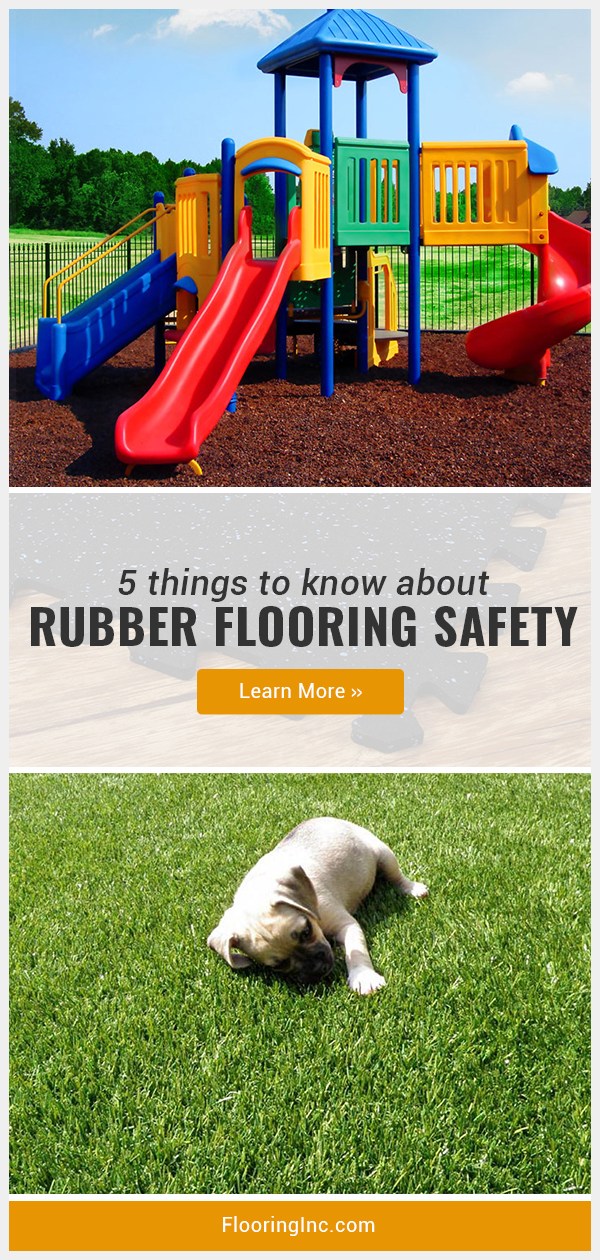











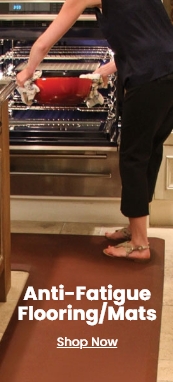

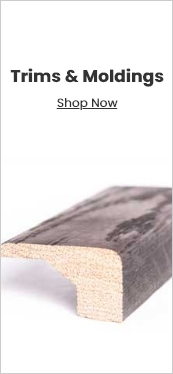


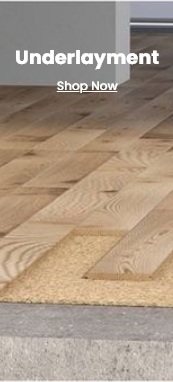


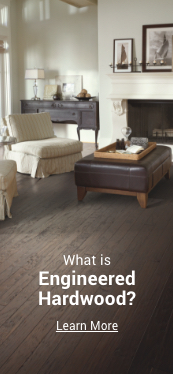

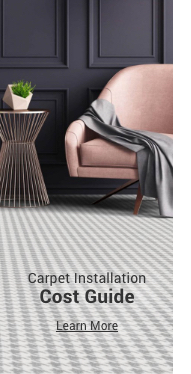
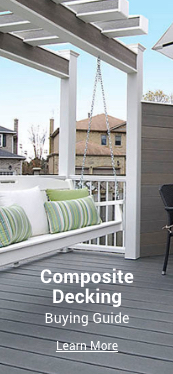


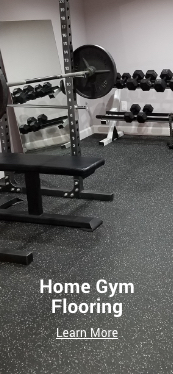

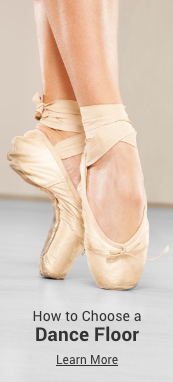
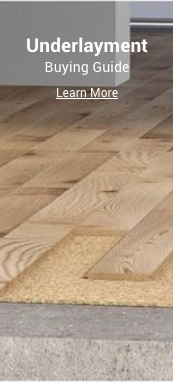

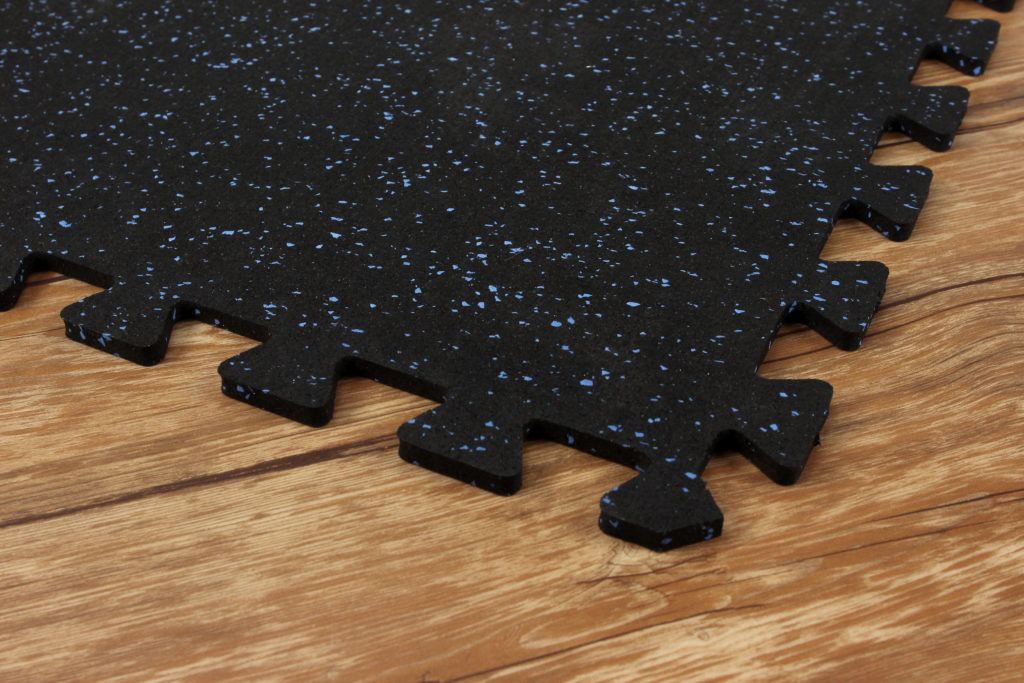

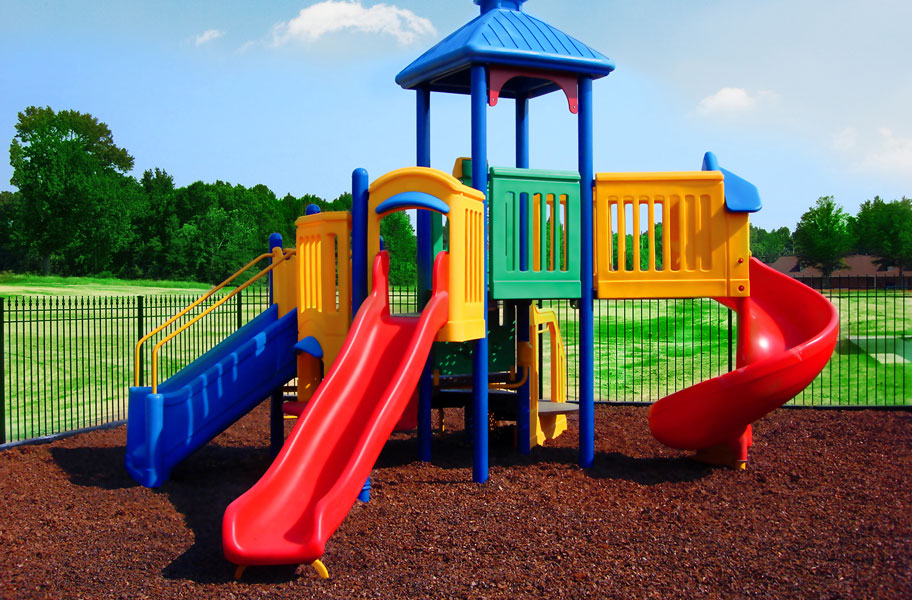
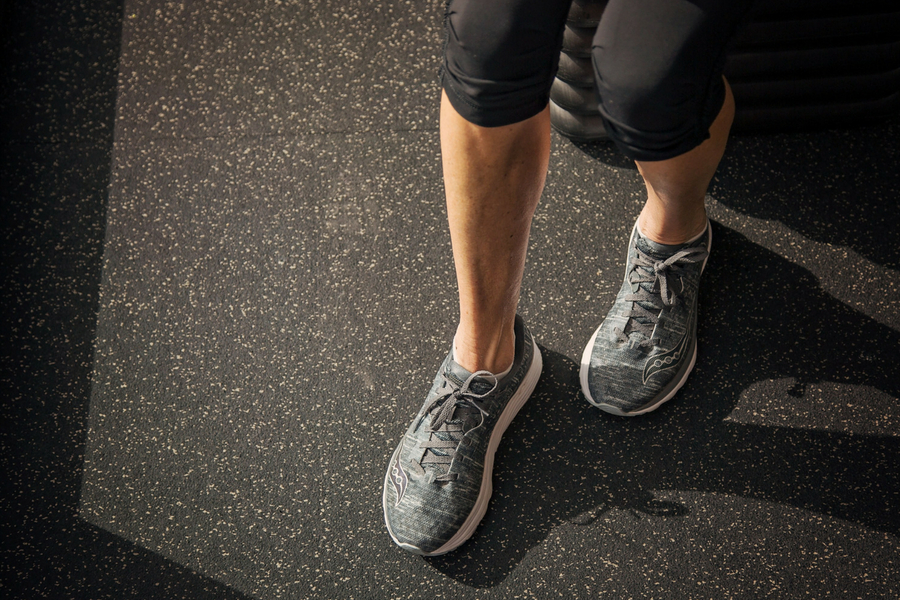
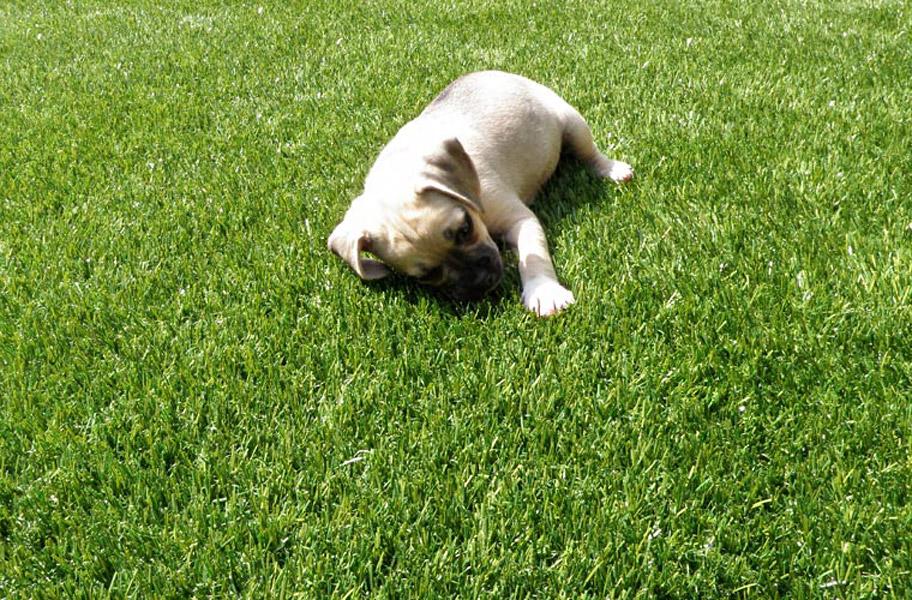
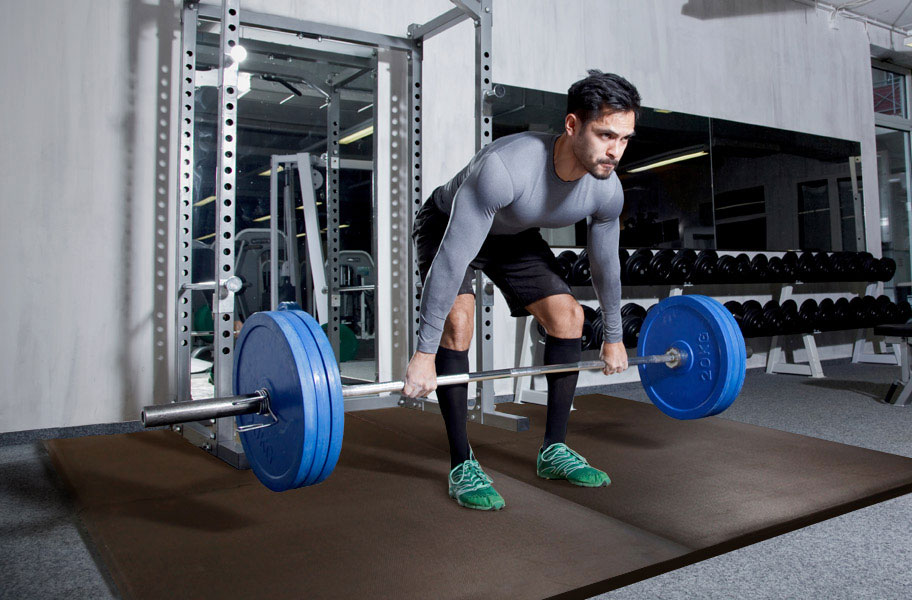
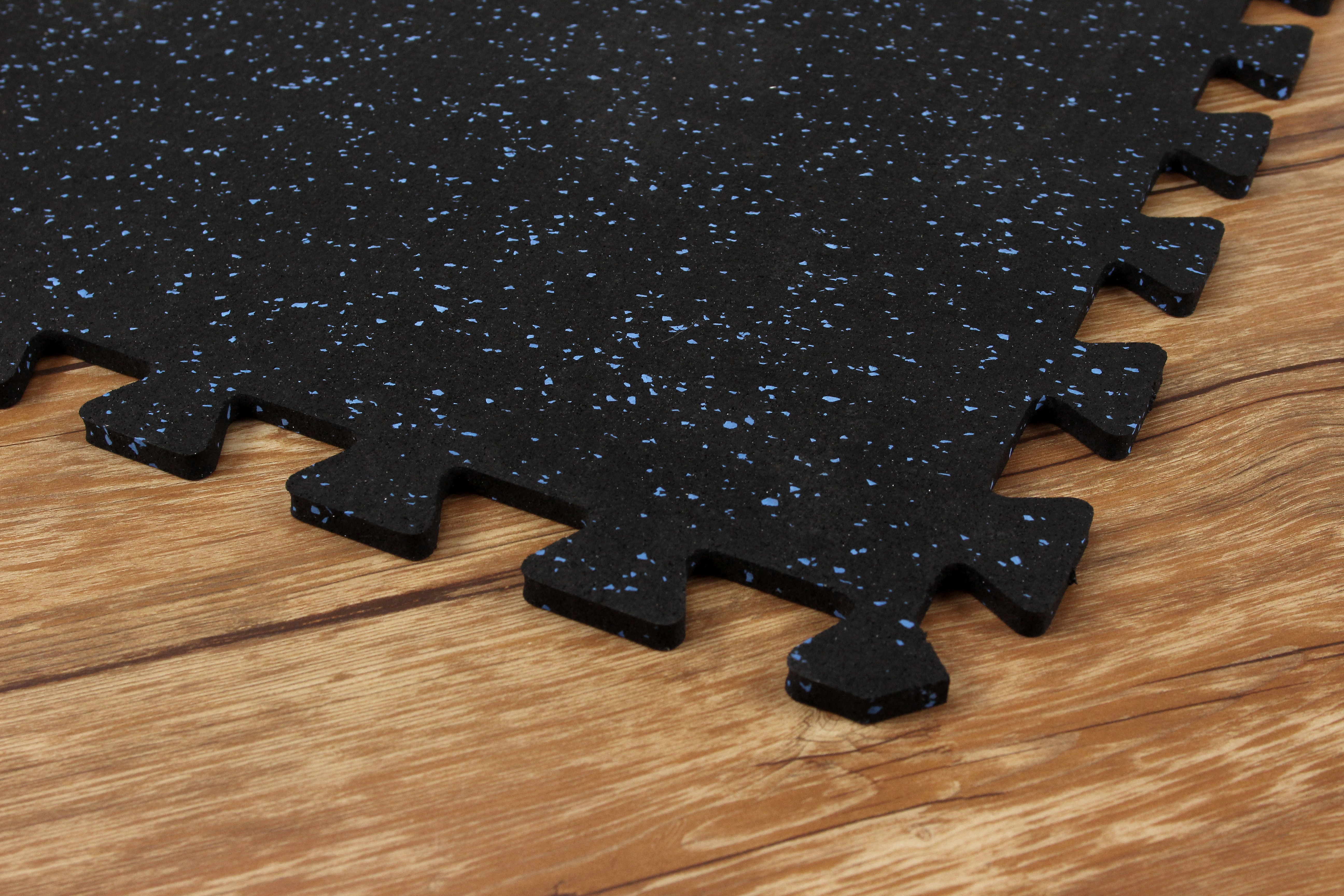
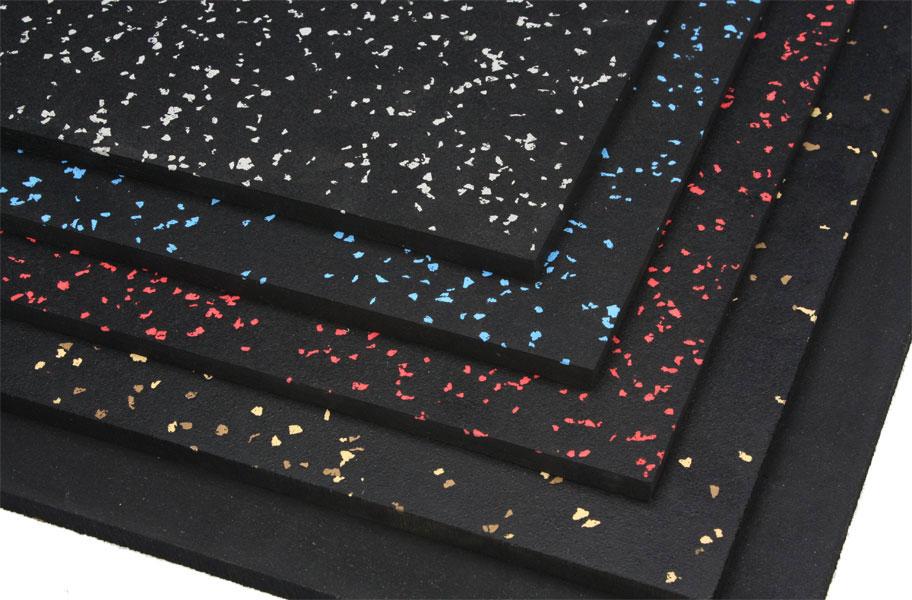


We installed rubber mats in our house and I am getting massive headaches.
I am not sure why this happening
Hi Rose!
Thanks for reaching out. Rubber materials typically have a strong odor that can certainly overwhelm an enclosed area. We suggest using mild soap and water to clean your rubber mats or allow your mats to ventilate in an open area to air out the strong rubber smell. Let us know if you have any other questions regarding your new rubber mats and we’ll be happy to help.
Can you list the binding agents used in each of your products? I can’t seem to find them listed anywhere.
Hi Brendan,
Thanks for your question. Our selection of non-vulcanized rubber products uses polyurethane as a binding agent. As for our selection of vulcanized rubber, they use a sulfur and the polyurethane binder with an added smell mitigant.
I hope this information helps. Please let us know if you have any other questions.
That does help. Thank you, Sydney.